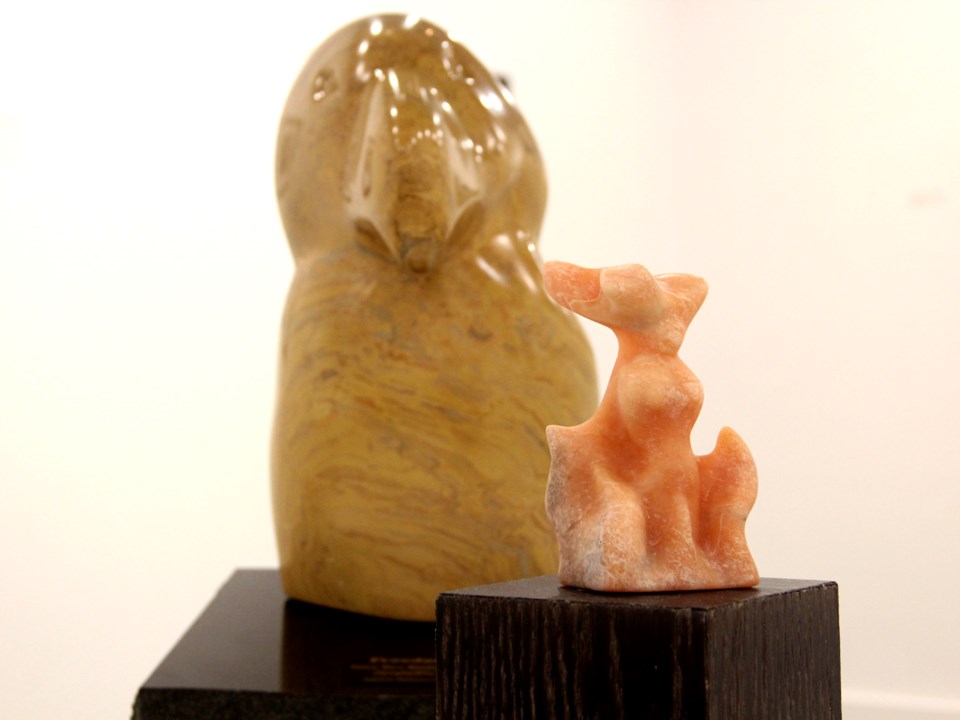The Estevan Art Gallery and Museum will host receptions for its three newest exhibits on March 24, starting at 7 p.m.
Hearth, which is curated by Winnipeg’s Jenny Western, is in Gallery No. 1. Estevan resident Aaron Salamon’s Power and Beauty is in Gallery No. 2, and Diana Chisholm’s P4973 6Way is in the project space.
Hearth features the works of six artists, including North Portal’s Lindsay Arnold. The others are Shannon Gerard, Heather Goodchild, Kerri-Lynn Reeves, Suzie Smith and Becca Taylor.
In her artist’s statement, Western said the name Hearth references the resurgence in popularity for older, craft-based skills.
Hearth is a group exhibition that takes the current rise of self-sufficiency and do-it-yourself projects as its starting point.
“The definition of a hearth in its plainest terms indicates the floor of a fireplace, but it can also connote a place of creative centre,” Western said in her statement.
As more people create or purchase goods classified as handmade, crafted or do-it-yourself, Western believes a cultural identity is being created.
“The six artists of Hearth present six different takes on how ideas around this movement have influenced their creative practices,” she said.
Salamon, who is a local artist, has some of his stone sculptures on display for Power and Beauty.
“Stones are majestic,” he said in his artist statement. “My art attempts to focus on presenting the best view of the stone. I love to leave a portion unrefined as a reminder that the rock itself is amazing.”
He hopes people will appreciate the natural beauty of the stones he shapes.
“Physically hammering away with a chisel distracts the body while relaxing the mind, like meditation,” he said.
The forms were chosen from old memories, but also what suited the stone.
Chisholm is currently the artist in residence with the Estevan Arts Council. Her focus for P4973 6Way is on what she calls the interstitial – the space between one boundary and the next.
“The intersection of tangible and intangibility creates both something of substance, yet something undermined by continual flux,” she writes in her statement. “By attempting to materialize the interstitial, I look to challenge my understanding of boundedness, while provoking a rethink about the space between objects and ideas as an erupting site of transformation.”
Chisholm positions her work in the actualized space of three dimensions to explore the possibility of form, and the illusionary space of photography as a document to the historical. Her material concerns range from traditional casting methods, to the low materials of industrial construction, to the craft supplies of domestic production.




